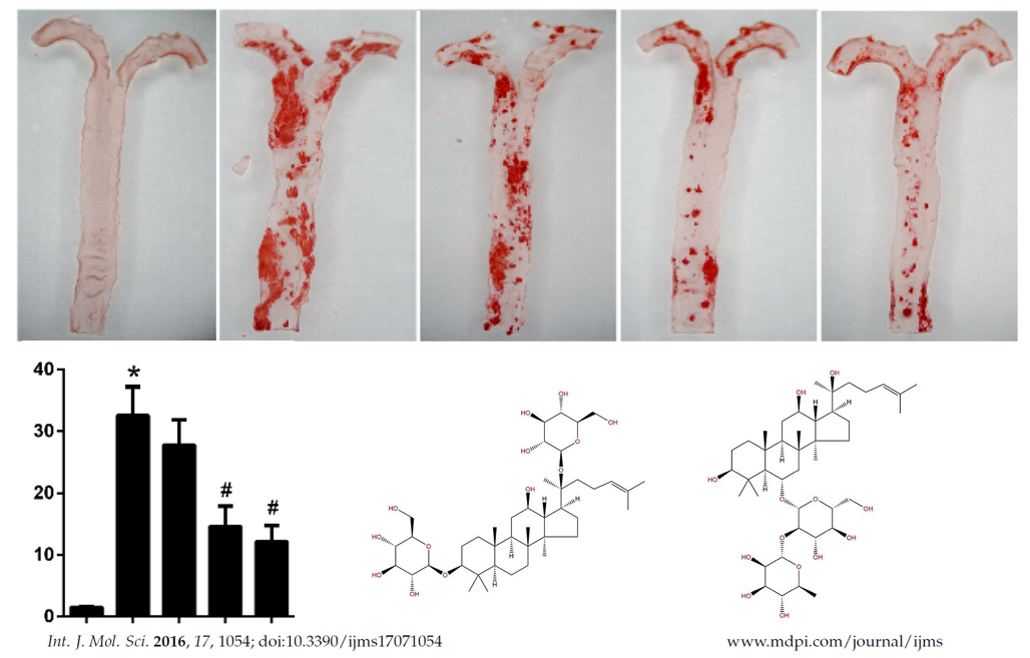| Line 123: | Line 123: | ||
<div class="hover_colour"> <a href="https://static.igem.org/mediawiki/2018/4/4d/T--UST_Beijing--bg9.jpg" data-rel="prettyPhoto[portfolio1]"> <img src="https://static.igem.org/mediawiki/2018/f/fc/T--UST_Beijing--bg7.jpg" alt="" /></a> </div> | <div class="hover_colour"> <a href="https://static.igem.org/mediawiki/2018/4/4d/T--UST_Beijing--bg9.jpg" data-rel="prettyPhoto[portfolio1]"> <img src="https://static.igem.org/mediawiki/2018/f/fc/T--UST_Beijing--bg7.jpg" alt="" /></a> </div> | ||
</div> | </div> | ||
| + | |||
<div class="span6 pad10"> | <div class="span6 pad10"> | ||
| − | <h2><span> | + | <h2><span>the Simulation of LXR </span></h2> |
| − | <h3> | + | <h3>LXRs has a typical nuclear receptor structure. In the existence of coactivators, regulated by agonists (such as ginsenoside), LXRs could combine the special site in gene promoter region to repress or active the transcripstion of the target gene.</h3> |
<div class="vendor"> | <div class="vendor"> | ||
<iframe src="https://static.igem.org/mediawiki/2018/b/bc/T--UST_Beijing--bgbg.mp4" height="500"></iframe> | <iframe src="https://static.igem.org/mediawiki/2018/b/bc/T--UST_Beijing--bgbg.mp4" height="500"></iframe> | ||
| Line 135: | Line 136: | ||
<div class="row"> | <div class="row"> | ||
<h3>Ginseng triterpenes' structure is similar to that of cholesterol, therefore it has the potential of regulating LXRs. | <h3>Ginseng triterpenes' structure is similar to that of cholesterol, therefore it has the potential of regulating LXRs. | ||
| − | LXRs is a typical nuclear receptor. In the presence of co-regulators, bound by agonists (such as ginsenosides), LXRs could be demobilized to specific site on a target gene promoter region to activate transcription of the target gene. Ginsenosides or like could therefore regulate the metabolism of cholesterol. </h3> | + | LXRs is a typical nuclear receptor. In the presence of co-regulators, bound by agonists (such as ginsenosides), LXRs could be demobilized to a specific site on a target gene promoter region to activate transcription of the target gene. Ginsenosides or like could, therefore, regulate the metabolism of cholesterol. </h3> |
</div> | </div> | ||
Revision as of 12:34, 16 October 2018
Cholesterol
an essential component of membrane structure, but gradually accumulates in arteries of human body, which becomes the top one killer mechanism of human life: atherosclerosis
An alarming health threat: Atherosclerosis
Shown on the right are the cholesterol structure and pie charts of epidemic statistics of atherosclerosis-related mortality in China (black area: atherosclerosis-related death).








